Illicit Discharge
Know what to report and who to contact.
An illicit discharge is any discharge containing polluting material, such as sediment, nutrients, oil, and bacteria. These discharges can drain to lakes and streams via storm drains. The communities in Southeast Michigan are required to prevent illicit discharge from entering stormwater. You can do your part by notifying the appropriate agency when you spot a potential illicit discharge.

–Signs of Illicit Discharge –
Sanitary Sewer Discharges ( Photos )
Contact IDEP coordinator and/or DPW with evidence of sanitary debris, stained pipes, soap suds, gray/discolored water, odors of sewage, rotten eggs, or detergents.
Failed Septic Systems ( Photos )
Contact Health Department and/or IDEP coordinator with evidence of overgrown or wet grass patch, cheater ditch pipe, soap suds, gray/discolored water, odors of sewage, rotten eggs, or detergents.
Illegal Dumping, Spills, or Floor Drain Connections ( Photos )
Contact IDEP coordinator or MDEQ with evidence of oil sheen, stained sediment, rocks, or vegetation, odors of petroleum or chemicals.
Industrial Discharges ( Photos )
Contact IDEP coordinator or MDEQ with evidence of discolored water or vegetation, odors of petroleum or chemicals.
Agricultural Runoff, Fertilizers, or Sanitary Sewer Waste ( Photos )
Contact IDEP coordinator, DPW and/or Drain Office with evidence of algae growth near drain outlet or ditch.
Soil Erosion from Construction Sites ( Photos )
Contact local soil erosion control agency (either the local community or county) with evidence of bare soils or banks with no soil erosion control fencing.

